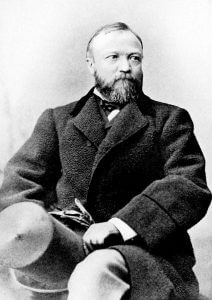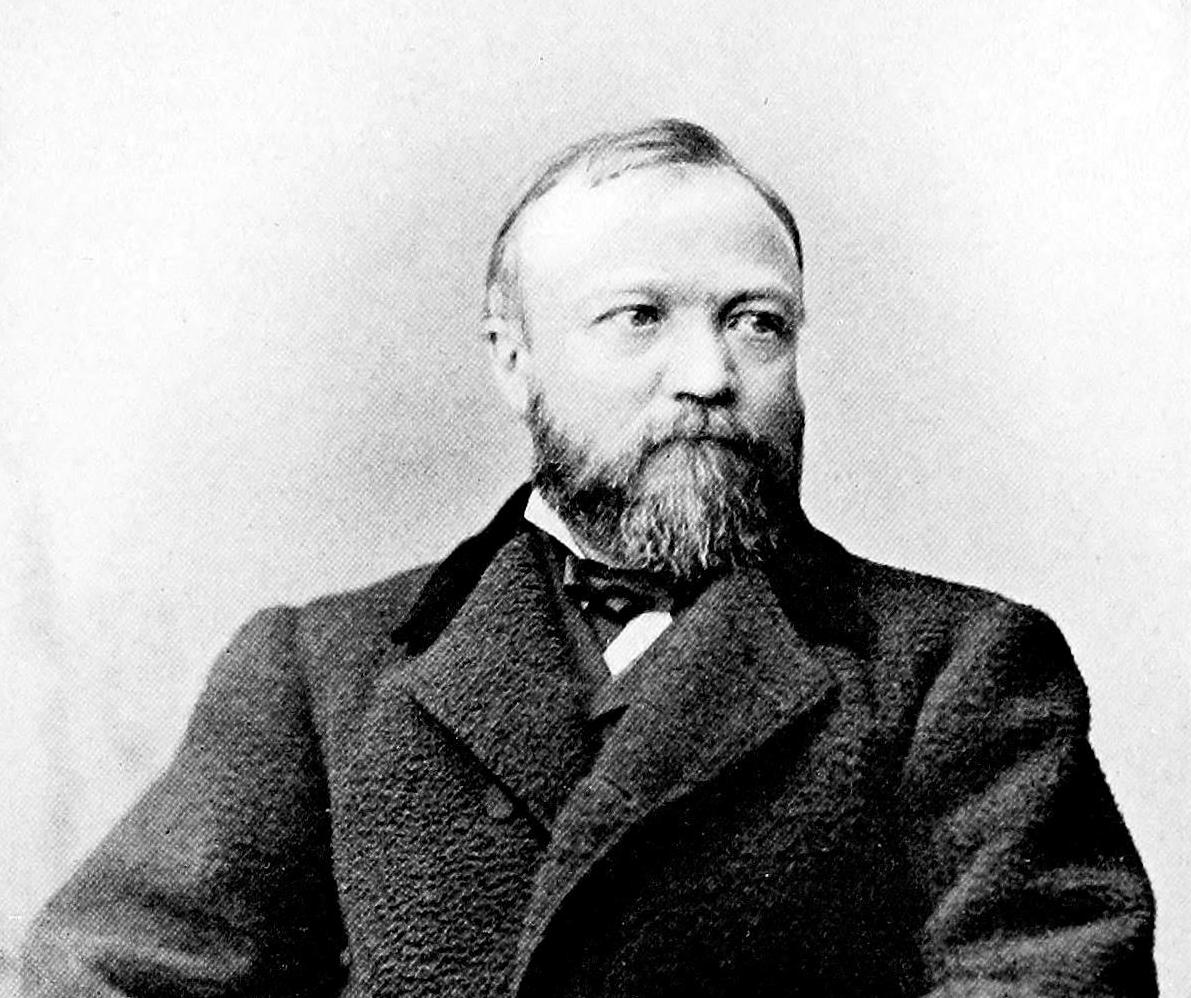There are dozens of local landmarks linked to Andrew Carnegie dotted all over Dunfermline – so why is his statue placed here? What is now Pittencrieff Park used to be a private estate. In fact, the owner could claim the title, ‘Laird of Pittencrieff’.
When Carnegie was a child, he’d often gaze through the gates of the grand estate. His father, uncle and grandfather had all complained that the owners (the Hunt family) should allow everyone access to the Dunfermline Palace’s grounds located in the Park. As a result, the whole family was banned from entering, even on the one day a year the land was opened to Dunfermline residents.
So when the Hunt family fell on hard times, it must have been with great satisfaction that Carnegie took the opportunity to buy the estate in 1902. He proclaimed his purchase as the “Sweetest event in my life in way of material satisfaction”.

Terms of the Project Gutenberg License included with this eBook or online at www.gutenberg.org.
The following year he donated the house and park to the people of Dunfermline with an endowment to maintain it and bring “sweetness and light” to the population during their industrial expansion. His statue was erected here in 1914.
Locally known as ‘the Glen’, a walk around the park today will reward you with flora and fauna from across the globe. Search for the Sequoia trees, discover the Peace Pole unveiled by the Dalai Lama, listen out for the peacocks, spot an ancient telephone box and be entertained by the squirrels. It’s certainly worth further exploration, and won Scotland’s public vote in 2019 as “Scotland’s Best Park” by Fields in Trust charity.
Weblinks:
Pittencrieff Park
